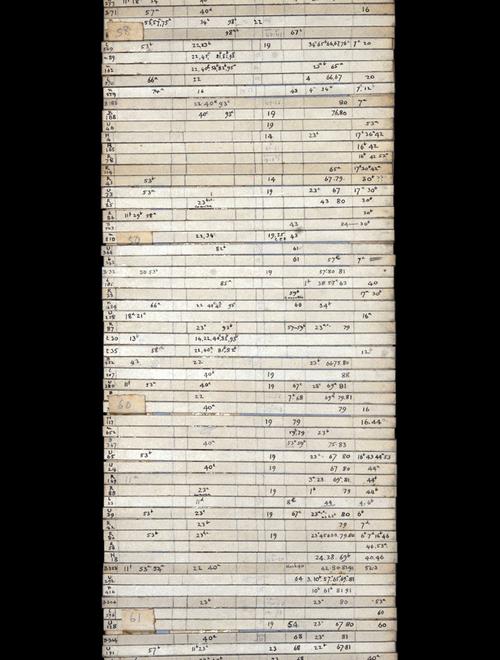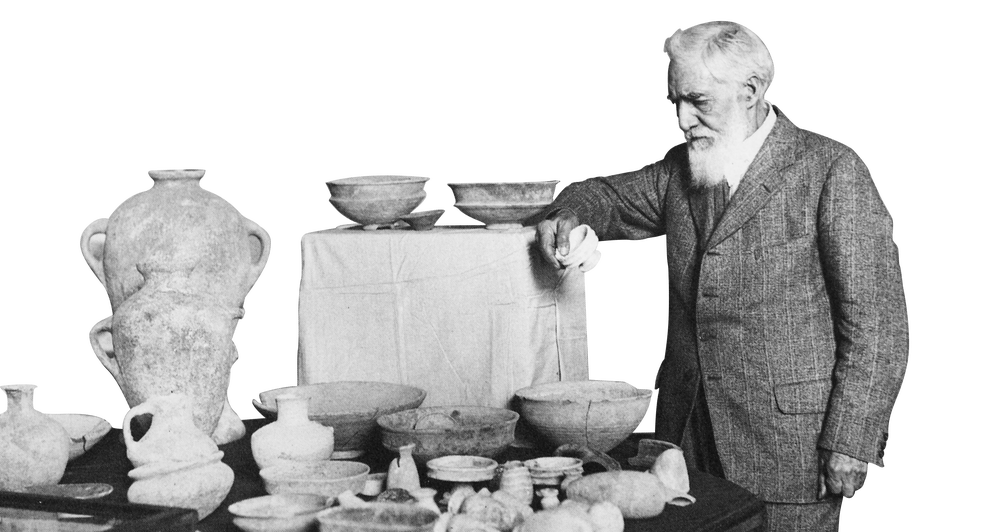
Archaeology & Petrie
Archaeology provided Freud with one of his most productive metaphors for exploring the psyche and developing the methodology of psychoanalysis. Freud formulated his archaeology of the mind in tandem with important developments in professional archaeology and Egyptology. Flinders Petrie (1853-1942) was an almost exact contemporary of Freud and is generally considered to be one of the founding figures of modern archaeology.

He held the first chair of Egyptology in the United Kingdom. During his excavation of many of the most important sites in Egypt, he would sift through seemingly insignificant debris to painstakingly build up a picture of human existence. While Freud would turn to ‘fragments’ of memory to understand the psychic history of his patients, Petrie would use discarded potsherds to reconstruct the development of Egyptian civilization. In 1891 Petrie led the excavations at Amarna, the capital city of the pharaoh Akhenaten (about 1351-1334 BCE) which was abandoned after the pharaoh died. Freud was fascinated with the figure of Akhenaten and he became the hero of his last major work Moses and Monotheism.
Petrie’s ‘sequence dating’ slips. Courtesy of the Petrie Museum of Egyptian Archaeology, UCL